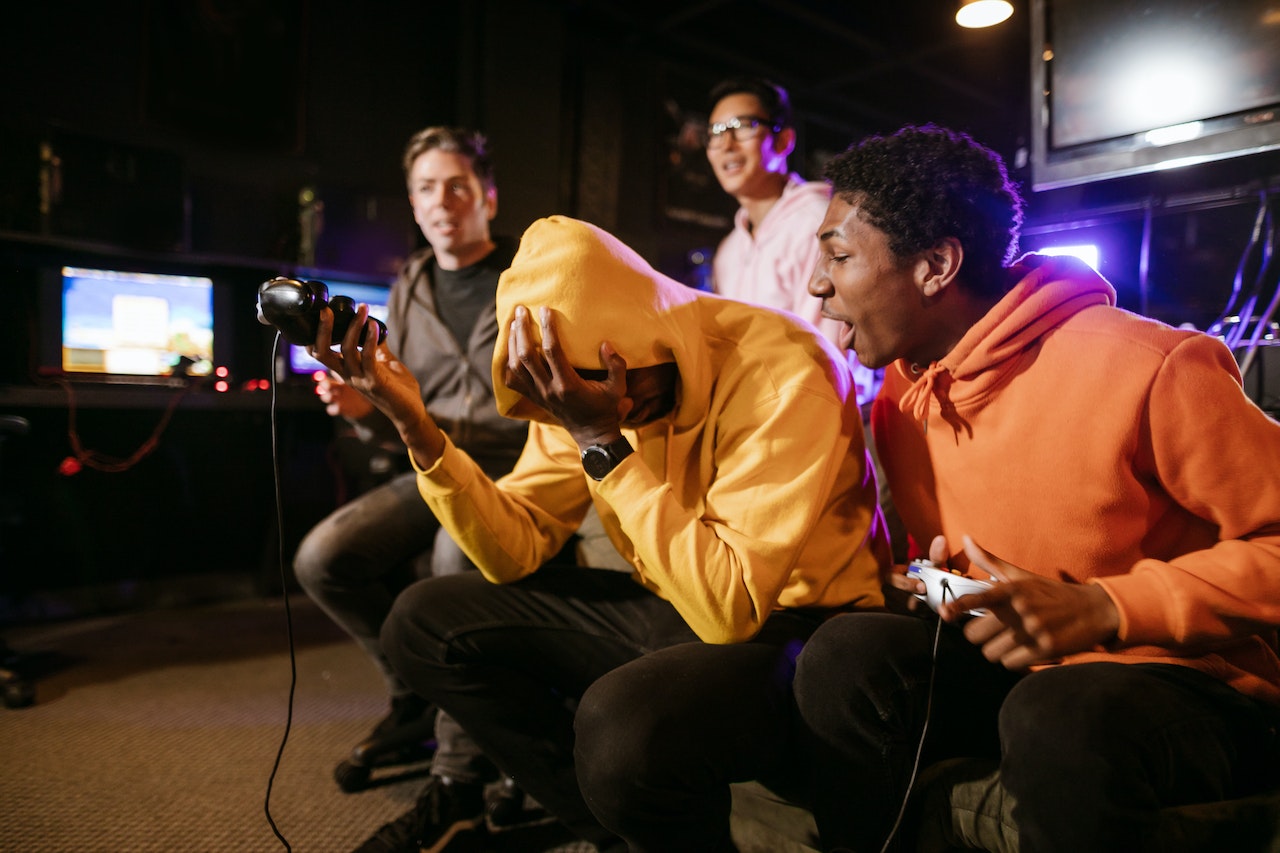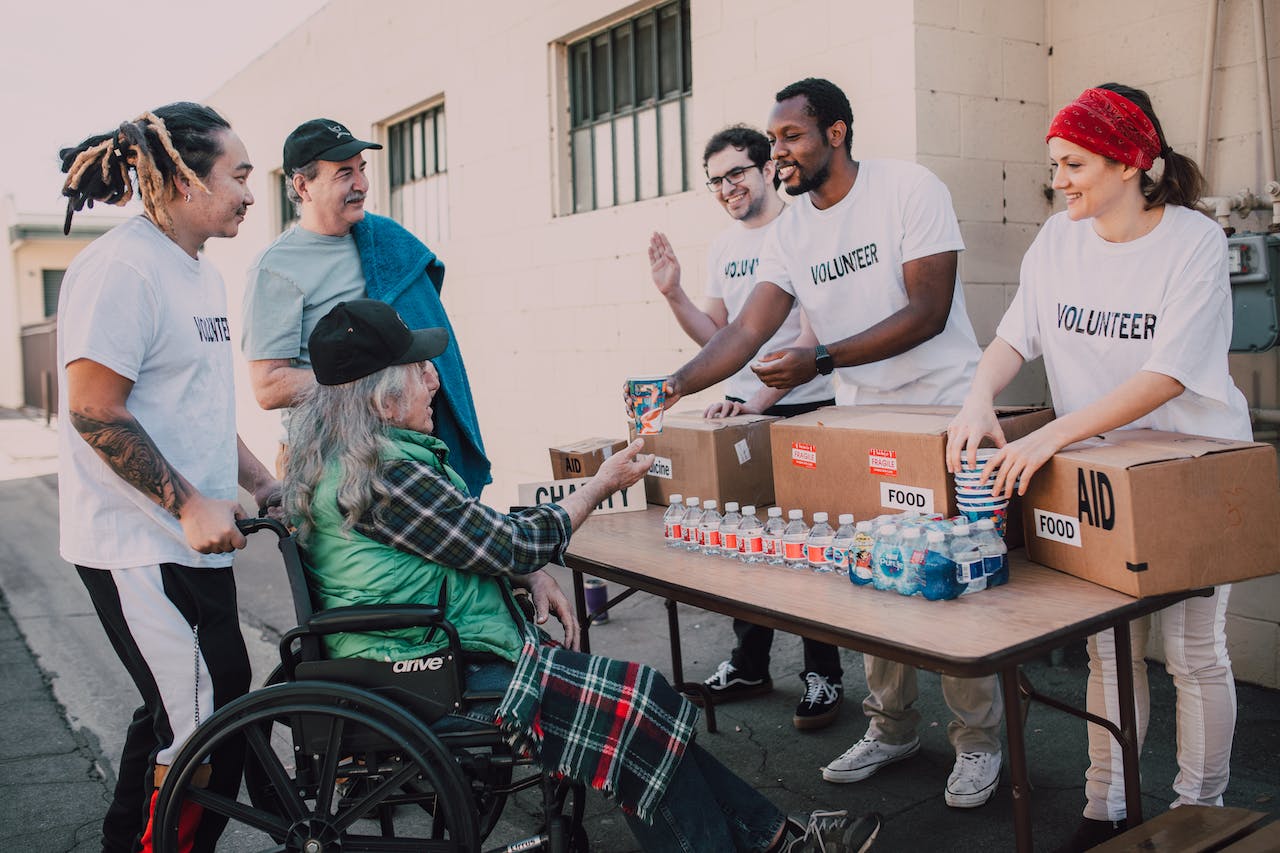In recent years, especially following the COVID-19 pandemic, communities around the world have reimagined how they gather, celebrate, and advocate.
One powerful example of this shift is the emergence and growing popularity of virtual pride events. These online celebrations of LGBTQ+ identity have transformed how people engage with Pride, offering inclusive, accessible, and innovative platforms for connection and visibility.

Whether due to physical distance, health concerns, or the desire for broader outreach, virtual pride events have become a cornerstone of modern queer celebration and activism.
In this article, we’ll explore the evolution of Pride events into the digital space, their benefits, challenges, and cultural significance, as well as examples of successful virtual events and their impact on LGBTQ+ communities worldwide.
The heart of the fair now with Wi-Fi
Fairs used to be all about stalls, stages, and squeaky loudspeakers. Now? Add live streams, QR codes, and social media countdowns to the mix. That old bouncy castle? Probably has a TikTok hashtag now. Technology isn’t stealing the show, it’s giving the show a louder voice.
People don’t need to miss the local art showcase just because they’re away. They can join in from their living room, pajamas and all. That’s not just convenience, it’s inclusion.
More than just a Facebook event
Gone are the days when promoting a fair meant stapling posters to lamp posts. Today, it’s all about digital flyers, countdown filters, and community polls on Instagram Stories. Ever voted for the pie-eating contest theme via Twitter? Welcome to the future.
Social platforms have become the new town square. They’ve turned local events into buzzing, shareable moments. Word spreads faster now, faster than that kid who ran off with five balloons and a sugar high.
Virtual stages, real applause
Ever seen a local band go live from the town hall and stream it worldwide? It’s wild. You’ve got grandparents clapping from kitchens and teenagers blasting it through Bluetooth speakers. Community stages don’t end at the footlights anymore. They reach right into homes.
Talent shows, comedy hours, and even bake-offs have become digital spectacles. You can cheer for your neighbor’s banana bread from miles away. That’s not just progress, it’s magic.
Everyone gets a front row seat
Let’s be honest. Not everyone can squeeze through fairground crowds. Some folks have mobility issues, anxiety, or just plain can’t make it. With virtual access, nobody’s left out. A kid stuck at home with the flu can still watch the magic show. A grandparent in another state can still see their grandkid’s science fair project.
That kind of reach wasn’t possible before. Now, a screen brings the fair to everyone. Tech hasn’t just opened the gates wider, it’s knocked the fences down.
The great digital treasure hunt
Gamifying the fair? Yes, please. Some fairs now include app-based scavenger hunts. Think GPS clues, AR pop-ups, and digital tokens for real-life prizes. Remember Pokémon Go? That energy now lives in community events.
You can roam through the fair with your phone, unlocking hidden bits and fun facts. It’s like the old-time fair mixed with a video game. Nostalgia meets pixels and they get along just fine.

Crafts, clicks, and creative clickbait
Crafters and vendors used to rely on foot traffic. Now, they can livestream demos, host online workshops, and take mobile payments. One moment you’re watching a candle being poured on Instagram, next minute you’re buying it.
It’s not just sales. It’s storytelling. People love watching things come to life. A spinning pottery wheel on a livestream can hypnotize someone into clicking “Buy.” Welcome to the craft fair, 2.0.
Bringing diversity to the spotlight
Tech hasn’t just made things flashier, it’s made them fairer. Local events are no longer limited to whoever can physically attend. That means broader voices, more inclusive planning, and space for underrepresented groups to shine.
Take virtual pride events. They’ve created safe, accessible spaces for LGBTQ+ folks who may not have that support in person. Online fairs bring the community together, no matter the zip code. That’s power and it’s beautiful.
Fundraising just got a glow-up
Remember raffle jars at the ticket booth? They’re still around, but now they’re backed by crowdfunding campaigns, digital raffles, and Venmo donations. Technology has made giving easier and more transparent.
It’s one thing to toss change into a can. It’s another to see in real-time how donations build a new community garden or fund kids’ theater costumes. Every dollar tells a story now.
Virtual reality. The future’s not far
Some fairs are already dipping their toes into VR. Pop on a headset, and suddenly you’re in the middle of a medieval reenactment or spinning on a virtual Ferris wheel. It’s like teleportation, but less nausea.
Even schools are using this tech for educational fairs. Want to explore ancient Egypt without leaving the classroom? There’s an app for that. The possibilities are more exciting than a deep-fried Oreo (yes, really).
Keeping the soul alive
With all this digital jazz, you might wonder — what about the charm? The face paint, the smell of popcorn, the laughter in the background? Don’t worry, it’s still there.
In fact, tech helps keep those details alive. People share them more. Record them. Talk about them long after the fair closes. Screens don’t kill the vibe, they amplify it. They turn a Saturday memory into a story that lives online, ready to be relived any time.
Are we losing something?
Sure, there’s a risk. If we let tech run wild, we could lose the simple joys. So, the key is balance. Let people choose. Let them join online or in person or both. The goal isn’t to replace the fairground. It’s to stretch its edges, to invite more people in.
Community isn’t a location — it’s a feeling. Whether it’s sparked by the jingle of a carousel or the ping of a notification, it still counts.

Wrapping it up like a corn dog in foil
So, what have we got? A world where the spirit of the local fair lives on, just with better lighting and faster internet. It’s not about choosing between streets and screens. It’s about using tech to carry community traditions forward, not flatten them.
And honestly? If it means more people get to join in the fun, cheer on a neighbor, or discover a new local band, they call that a win. Let’s face it: the future of community fairs is here, and it’s got Wi-Fi.
So, next time you see a QR code next to a lemonade stand, don’t roll your eyes. Scan it. You might just find something wonderful.